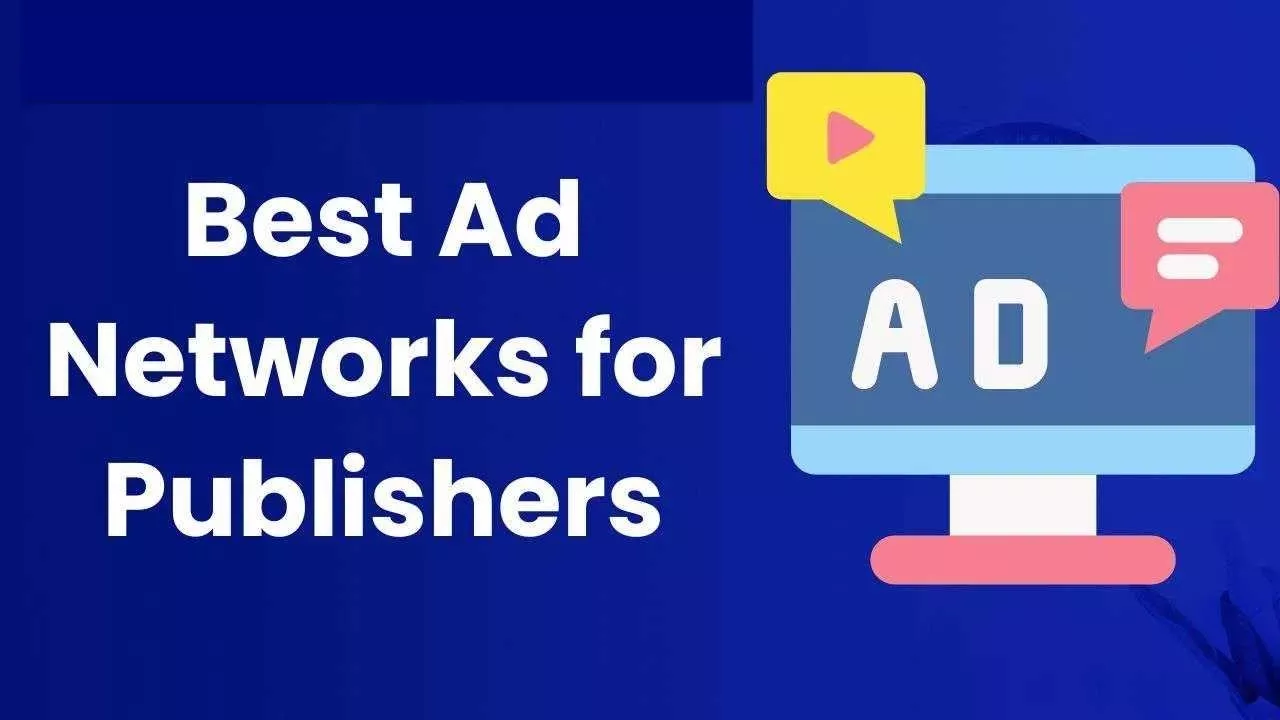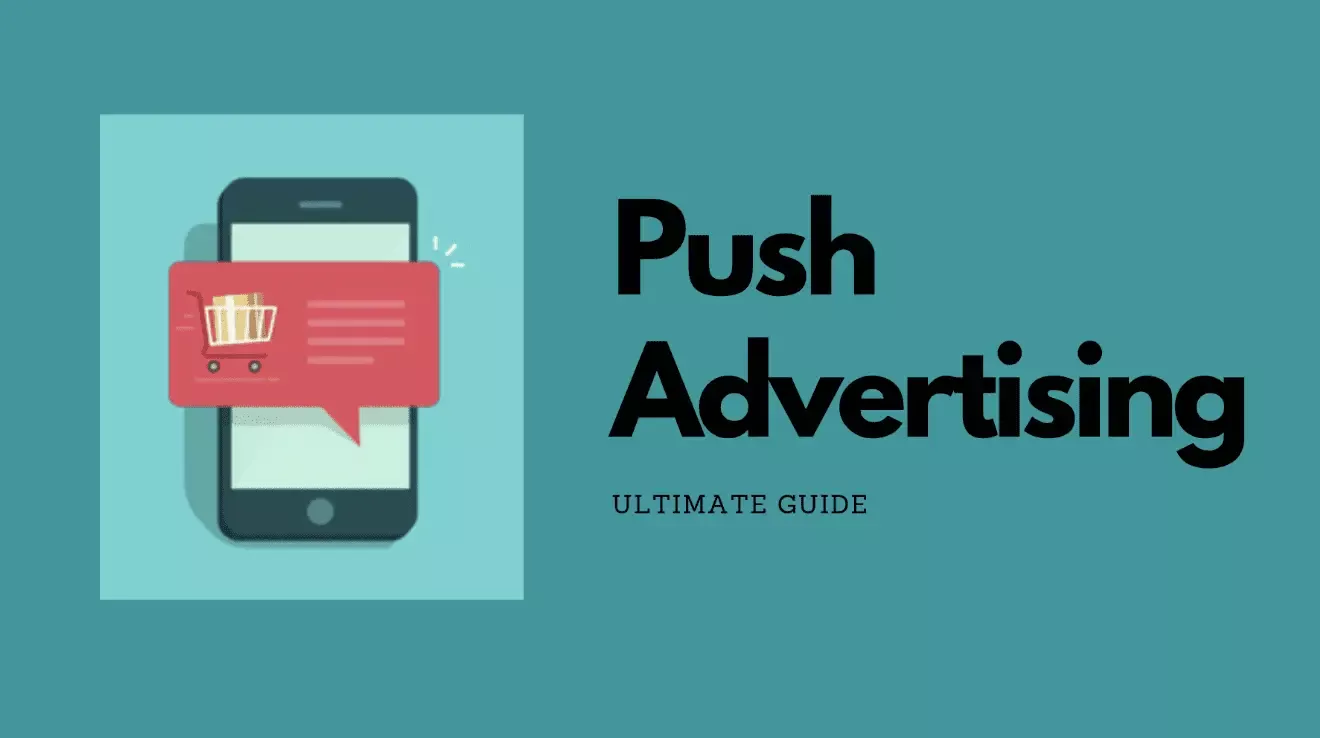
Editorial Staff: Latest Articles

Pop-under Ad CPM Rates for Publishers in 2026
Pop-under ads aren’t the newest format on the block, but in 2026 they remain one of the most quietly dependable revenue drivers publishers can lean on. As display CPMs flatten and competition grows for banner inventory, many publishers have rediscovered pop-unders as a way to stabilize earnings without overloading users with intrusive experiences. Recent ad-tech reports show that pop-under CPMs can be 3 to 5 times higher than standard display in key verticals like gaming, entertainment, downloads, VPN, tools, and utilities — especially when traffic quality and frequency are balanced.
 by Editorial Staff
by Editorial Staff

Push Notification Ad CPM Rates for Publishers in 2026
Push notifications are still holding strong in 2026, even as many onsite ad formats face softer demand. Subscriber-based audiences remain valuable because advertisers continue to invest in direct-response channels. Several ad networks reported that push demand grew 9–14% YoY from 2024–2025, mainly due to ecommerce, finance, and app-install budgets shifting toward formats that deliver faster actions. As a result, publishers with clean subscriber funnels are seeing more stable CPMs, even when their pageviews fluctuate.
 by Editorial Staff
by Editorial Staff

10 Best Ad Networks for Publishers & Bloggers in 2026
2026 is shaping up to be the year when ad monetization officially stops being a “set it and forget it” setup — and becomes something much more intentional. For years, most bloggers and publishers could simply plug in AdSense, add a few placements, and hope the CPMs held steady. But those days are long gone. With AI-powered yield tools, multi-demand header bidding, and fresh ad formats reshaping the landscape, “good monetization” now looks very different from what it used to. This shift brings plenty of new opportunities — but also a bit more complexity. Running an ad stack today isn’t passive anymore. It’s hands-on. It’s strategic. And your choice of ad network isn’t just an add-on; it’s one of the most important business decisions you’ll make.
 by Editorial Staff
by Editorial Staff

8 Best Push Notification Ad Networks for Publishers in 2026
Push notification platforms have come a long way... What started years ago as a simple “CTR booster” has turned into something far more meaningful for publishers. In 2026, push isn’t just a box to tick in your monetization stack; it’s one of the rare channels that keeps earning even after a user closes your site. And with smarter segmentation, cleaner in-page formats that finally play nicely with iOS, stronger anti-fraud systems, and advertisers actively seeking high-intent audiences, push has quietly become a dependable, steady revenue stream.
 by Editorial Staff
by Editorial Staff

Smartlink Ad CPM Rates for Publishers in 2026
Smartlinks have quietly become one of the most dependable revenue layers for publishers in 2026. As traffic sources grow more fragmented and user intent becomes harder to predict, many publishers are relying on smartlinks to capture value from clicks that traditional display ads struggle to monetize. Instead of optimizing for impressions, smartlinks focus on outcomes. Each click is routed in real time to the offer most likely to convert based on geo, device, and historical performance. That shift is why many publishers now use smartlinks to stabilize CPM-equivalent earnings across mobile traffic, global visitors, and mixed-quality audiences.
 by Editorial Staff
by Editorial Staff

Direct Link Ad CPM Rates for Publishers in 2026
Direct link ads continue to play a quiet but important role in publisher monetization in 2026. While they don’t always get the same attention as display or video, they consistently deliver strong CPM-equivalent returns, especially for mobile-first, global, or click-heavy traffic. For many publishers, direct links fill a gap that traditional ads struggle with. Low-intent visitors, non-Tier-1 geos, and traffic that scrolls fast but clicks often can be difficult to monetize with impressions alone. Direct links flip that model. Every click is monetized. There’s no waiting for viewability or fill rates to align.
 by Editorial Staff
by Editorial Staff

Video Ad CPM Rates for Publishers in 2026
For most publishers, video is no longer an experimental add-on. In 2026, it’s the format that quietly defines how much revenue a page can realistically generate. Across the industry, video CPMs continue to sit well above display. In practical terms, publishers with clean layouts and steady traffic often see video delivering 3× to 6× the CPM of standard display, with higher ceilings when audience quality and placement line up. What matters most now isn’t whether video works, but how thoughtfully it’s deployed.
 by Editorial Staff
by Editorial Staff

Newsletter Ad CPM Rates for Publishers in 2026
Email newsletters have quietly become one of the most profitable ad channels in 2026. In many cases, newsletter CPMs now beat traditional display ads by a wide margin, especially for niche audiences. While average web display CPMs often sit in the low single digits, newsletter sponsorships regularly close in the $30–$100+ CPM range for targeted lists. A big reason is trust. Subscribers opt in. Open rates are measurable. Advertisers know exactly who they are reaching. As brands move away from third-party cookies and broad targeting, newsletters offer something rare: direct access to first-party audiences with clear intent. That shift has pushed more B2B, SaaS, fintech, ecommerce, and creator-led brands toward email sponsorships.
 by Editorial Staff
by Editorial Staff

How to Use Monetag Smartlink in 2026 (Step-by-Step Tutorial)
Monetag’s Smartlink (Direct Link) remains one of the easiest ways for publishers, bloggers, and Telegram Bots owners to monetize any kind of traffic — especially if it’s low-intent, mixed GEO, or hard to monetize with traditional ad formats.
 by Editorial Staff
by Editorial Staff






























-1668044393.jpeg)